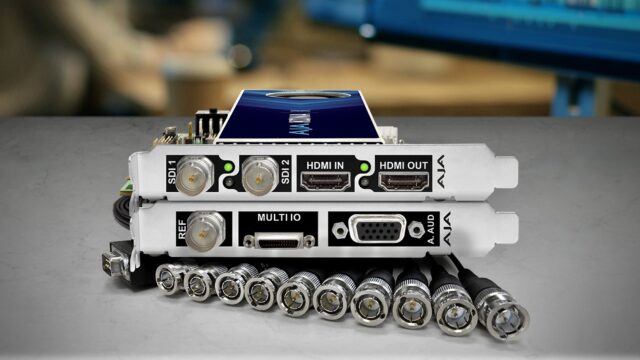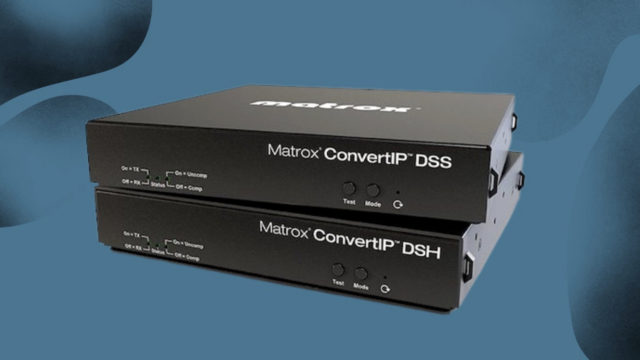
Leveraging its independent R&D lab tests and partnership with multiple SMPTE workgroups, Mesclado has been able to clearly identify the 4K/UHD world. Eleven crucial technical points were extracted and a twelfth strategic one: market opportunity. This article aims to clarify the constraints and pinpoint the limits of this new ecosystem. The goal is to determine the production and distribution opportunities by gaining a better overall view of this complex environment.
First of all, let’s explain the terms. 4K is the resolution adopted by the DCI (Digital Cinema Initiative) workgroup and is 4096×2160 pixels in size. UHD, 4K UHD, UHDTV or Quad Full HD are the broadcast television derivatives with a resolution of 3840×2160, which is four times that of Full HD 1080p. This format has been normalized by the ITU-T and SMPTE.
These picture sizes are supposed to represent the resolution. Equipment manufacturers are often eager to stick a “4K” logo on their cameras or TVs. However, a CMOS sensor or LCD panel with 4096×2160 doesn’t necessarily equate to a native 4K resolution.
Indeed, in terms of actually capturing the image, it’s the characteristics of the optical block that will determine whether the signal truly offers the entropy of native 4K. In other words, the data produced by the camera can’t just be a “blown-up 2K signal”. A consumer camera such as the GoPro Hero 3 Black Edition is fitted with a 4K UHD sensor close to a 1/4” in size. Comparing this to a professional Panasonic AG-HPX600 camera fitted with a 2/3” HD sensor, the GoPro would need to have an optical resolution at least 3 times better to reach the same level of performance. This implies a very precise, and therefore very expensive optical block. Resolution therefore isn’t just a simple matter of sensor size.
Bandwidth: moving up to resolutions four times that of 2K/HD obviously increases the amount of data per frame, so the bitrate will go up too. However, the network infrastructure, whether in post production or distribution (broadcast and online) is slower to catch up. So new technologies have to be adopted, both in terms of connectivity (SDI, HDMI, DisplayPort, etc.), and in terms of codecs, especially for B2C distribution. As an example, a UHD DTV H.264 encode would need a bitrate of approximately 25Mbps which means only a single channel per MUX (instead of the 3 channels of HD we get today).
Format: In order to obtain reasonable bitrates, new codecs are required. The name of the game doesn’t change: how to get more quality from a lower bitrate. Nevertheless, these new codecs have to be adopted across the entire media ecosystem: from production (cameras, recorders, etc.), to editing and post production platforms such as Apple ProRes, already well established, but pretty much limited to the Apple Mac environment. There are also new arrivals from GoPro (VC-5), Panasonic (AVC-Ultra) and Sony (XAVC), but these are also yet to be adopted at a global scale. From the consumer side, decoders (set-top boxes, graphics cards, etc.) are slowly integrating HEVC. And let’s not also forget the need to limit the constraints as much as possible when it comes to transcoding systems.
Display: Why move to a 4K/UHD screen? Simply to benefit from a more immersive experience and change the viewer’s vision. D-Cinema is without doubt more advanced in this domain: there were over 20,000 theatres across the world equipped with 4K compatible projectors in 2014. So with UHD, we’re moving onto physically bigger screens. NHK determined that the best user experience in 8K is achieved when the viewer is seated around 0.75 times the distance of the height of the screen. So in domestic terms, this means your computer screen would need to be around 55” in size and your TV screen in the lounge needs to be 150” if you’re to get the most out of these new resolutions.
Connectivity: 4K/UHD doesn’t escape from the limitations brought on by real-time applications. In the professional world, HD-SDI interfaces at 1.485Gbps and the evolution towards 3G-SDI at 2.97Gbps aren’t enough to meet the requirements of 4K/UHD. Whilst we wait for new standards going from 6G to 72G, the industry relies on dual and quad HD-SDI and 3G-SDI links. These temporary solutions are however rather cumbersome: a router with 16 3G-SDI inputs ends up only offering 4 inputs with UHD sources. In the consumer world, the long-awaited HDMI 2.0 at 18Gbps was only ratified in September 2013. Similar works are being carried out with DisplayPort.
Frame rate: a workforce composed of the BBC, IRT, RAI and NHK under the guidance of the EBU/UER carried out subjective tests on high frame rates (or HFR) in 2013. The studied frame rates varied between 50 and 240 progressive frames per second. The results demonstrated that a higher frame rate provided more fluidity in motion and a more comfortable and immersive viewing experience. 4K/UHD can use these high frame rates, especially for sport where the benefits are greatly appreciated.
Sampling: dynamic range is increasing as cameras evolve (far deeper levels of blacks and whites, going up to around 14 stops on the Arri Alexa). Particularly for special effects, increased sampling up to 16 bits in 4:4:4:4 with an additional alpha channel is required. When it comes to distribution, 8-bit 4:2:0 no longer makes the cut with 4K/UHD. Today, we’re talking about at least 10-bits in 4:2:2 (referred to as UHD phase 1); bitrates and storage requirements of uncompressed data increase exponentially.
Color spaces: the ITU’s Rec.709 has always been and will remain the color space used in HD, as is the DCI-P3 equivalent for D-Cinema. With 4K/UHD, the goal is to prepare the future for panels and projectors capable of producing a richer color palette. That’s why the ITU experts have agreed on Rec.2020, offering a color space exceeding what the human eye can see. Conversion algorithms towards the traditional color spaces are still required and used today, and their complexities provide a real challenge to the industry.
Optics: The entropy of a 4K/UHD signal depends, amongst other things, on the characteristics of the optical sensor. Such high quality standards require an even better ability to produce larger optical blocks whilst still correcting aberrations. On a camcorder equipped with a 1/4”2K/HD CMOS sensor, the equivalent sensor to capture 4K/UHD would have to be 1” in size (four times that of 2K/HD), and if the sensor is bigger, the lenses have to follow suit.
Sensor: The entropy of the 4K/UHD signal also depends on the characteristics of the sensor used in the camera. A compromise has to be met between the size of the sensor, the size of the optical block and the resolution of the lens. Also, let’s not forget the sensor sensitivity to light and the range of signal processing functions it can offer (examples: analog to digital optimization, the electrical filtering of the photosites, etc.). All of these aspects have a big impact on the overall performance.
Audio: In order to maximize the immersive experience of 4K/UHD, audio performance also needs to follow suit. The aim is to produce a 3D sound space, also called audio cube, which surpasses current 5.1 and 7.1 configurations. Dolby already offers its Atmos technology for Cinema. In parallel, Barco offers Auro3D 11.1 which implements 3 different levels of audio space in a theatre’s auditorium. When it comes to reproducing audio in the home, new technologies are required to offer a similar level of audio immersion using more compact systems.
In conclusion, a whole range of significant parameters come into play when offering a 4K/UHD experience. Resolution alone isn’t enough to encompass all the prerequisites of these formats. One must consider the bandwidth impacts for production, post-production and playout.
A good compression and appropriate connectivity choice allow us to optimize the bitrate. A good camera fitted with a good sensor and appropriate optical block along with a suitable frame rate and color space selection for the content (fiction, sport, etc.) are key to offering the viewer the best experience possible. This will be optimal when accompanied by a three dimensional audio.
On the other hand, whilst 4K has become a very popular format for cinema projections, the screen size required for today’s home viewer remains too big. A compromise of all of these parameters can help identify 4K/UHD market opportunities (cinema, broadcast TV, video games, etc.) and assist in making the best technical and commercial decisions.


























